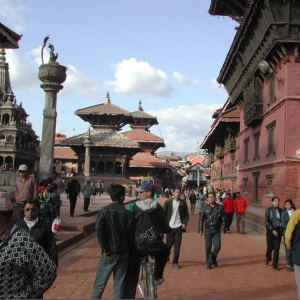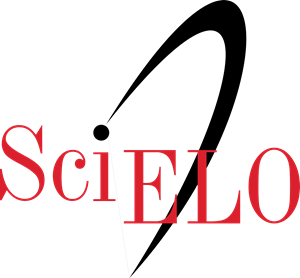Impact of religion and culture on landscaping conservation and urban planning in Nepal’s cities
Reflections on an experience
DOI:
https://doi.org/10.35305/23626097v4i7.56Keywords:
architecture, conservation, heritage, cultureAbstract
The report deals with the impact of religion and culture on the conservation as well as the urban planning of Newar society in Nepal. The Newars are Katmandu Valley’s ancient inhabitants. They live in three main towns: Kathmandou, Patan and Bhaktapur. These urban settlements –which are recognized by their significant unique landscapes- have been declared World Heritage Sites by UNESCO. There are two types of heritage in Nepal: urban core areas of the main cities and religious sites.
One of the report’s contributions is the gathering and layout of information that has not been systematized; this gives rise to innovative data linkages. The report is the result of a fieldwork involving a UNESCO International Cooperation Mission due to the fact that Kamandu Valley is included in the List of World Heritage in Danger. It is specifically concerned with the particular organization of the above mentioned cities and the impact that religion and culture have had on a society marked by symbolisms. Therefore, the city of Bhaktapur and the religious site of Pashupatinah become the main topics of a case study.
Downloads

Downloads
Published
How to Cite
Issue
Section
License
Open access policy
A&P Continuidad is a non-profit and open access publication. According to Mexico Declaration on Cultural Policies, the journal distribution is submitted to Creative Commons Attribution-Noncommercial-ShareAlike 4.0 International Public License (CC BY-NC-SA). “Neither the commercial use of the original work nor that of the possible derivative works are allowed. The distribution of derivative works should be submitted to the license regulating the original work. This license is not free.”
A&P Continuidad authorizes the partial or full reproduction of texts and graphs provided that the source is cited. Authors are exclusively responsible for the criteria expressed in the articles which do not necessarily reflect the opinion of the Editorial Committee or that of the Direction Board. The copyright of the published articles pertains to their authors or publishers.
Transfer of rights
The acceptance of an article to be published implies the author’s transfer of rights to the journal. Authors continue to have the right to use the material in future books or publications, approve or veto the republication of their works as well as the rights related to patents or other rights. Transfer of rights form may be downloaded here.





























 This OJS site and its metadata are under a
This OJS site and its metadata are under a 

